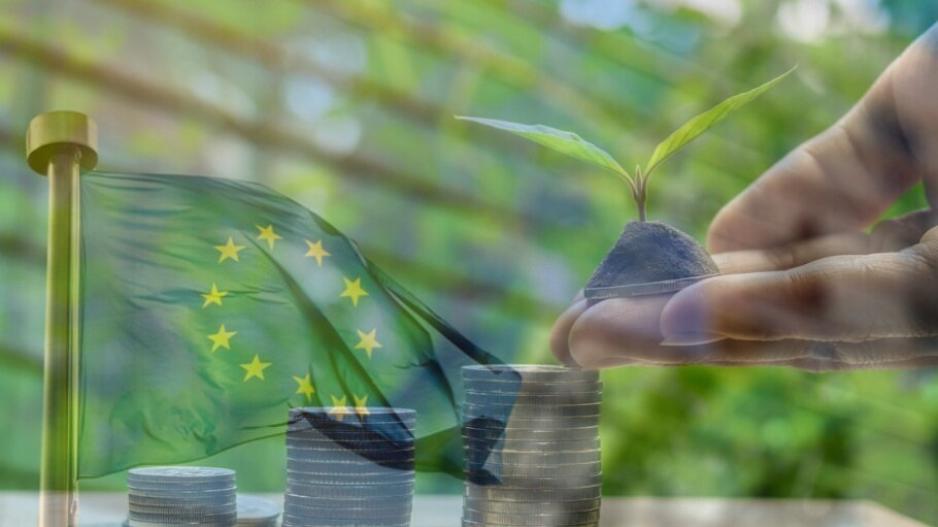Sustainable Finance: Helping the Transition to Climate Neutrality
To Meet the EU’s 2030 Targets, an Estimate of Around €180 Billion per Year of Additional Investments Is Required
The finance sector internationally must face a new reality: tackling climate change and the depletion of natural resources. The European Union is an advocate of sustainable finance and with its support aims to enable the financial sector (e.g., companies, banks, governments, etc.) to achieve the necessary EU’s climate neutrality goals by 2050. Particularly, to meet the EU’S 2030 targets, an estimate of around €180 billion per year of additional investments is required.
These environmental challenges are calling for urgent measures, including a new stream of environmentally sustainable investments and products. The overall aim is to ensure economic growth and business recovery while considering environmental, social, and governance (ESG) considerations.
The European Commission's Sustainable Finance Strategy aligns with the European Green Deal. The two are interrelated given that in order to achieve the objectives of the Green Deal, large financial flows are required in sustainable investments. These investments should be directed towards the development of green projects and technologies with low carbon footprints and the preservation of the natural environment (e.g., installations of renewable energy sources, alternative fuel projects, etc.).
The main characteristics of the action plan on financing sustainable growth and the renewed sustainable finance strategy are:
-
EU taxonomy, a unified classification system for assessing the sustainability of economic activities.
-
Investor disclosure requirements, regarding compatibility with ESG objectives.
-
New category of benchmarks to compare the carbon footprint between investments, and
-
Better client counseling regarding sustainability.
Sustainable finance in the EU will continue evolving and adapting allowing for a smooth green transition and facilitate the ideal conditions for both investors and businesses. The most recent addition to the EU sustainable finance framework is the revised package of measures, published on June 13, 2023. The package aims to increase transparency in the market and ease its use by interested parties while encouraging private funding to transition projects and technologies.
The new package of measures introduces two additions: a) expansion of the "EU taxonomy", to economic activities beyond those contributing to climate change mitigation and adaptation that were not included so far and which make a substantial contribution to one or more of the non-climatic environmental objectives, namely: sustainable use and protection of water and marine resources, transition to a circular economy, pollution prevention and control, protection, and restoration of biodiversity and ecosystems, and b) the ESG rating providers who provide their services to investors and financial institutions, are obliged to be authorized and supervised by the European Securities and Markets Authority (ESMA).






